On January 25, 1983, the Delta rocket was launched from the Vandenberg Space Force Base. It put the IRAS device into Earth orbit — the first infrared space telescope in history. Commemorating the 40th anniversary of the event, we would like to tell the story of the creation and legacy of this project, which can well be called the forefather of the legendary James Webb.
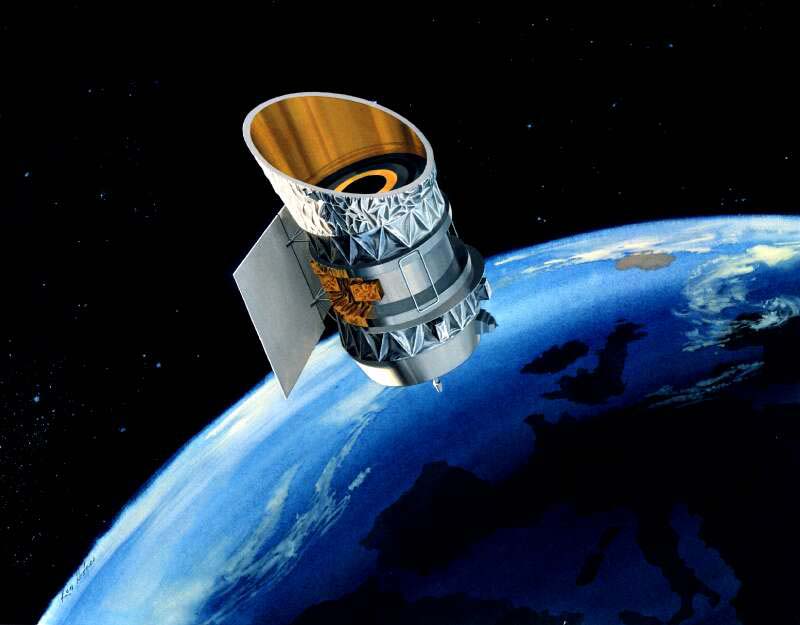
Origin of the project
For most of their history, astronomers were limited to studying the visible spectrum—that is, what could literally be seen through optical telescopes. However, in the 20th century, the situation began to change. The first radio telescopes were created, and after the beginning of the space age, satellites capable of conducting observations in other parts of the electromagnetic spectrum (ultraviolet, X-ray, gamma, etc.) began to be launched into orbit.
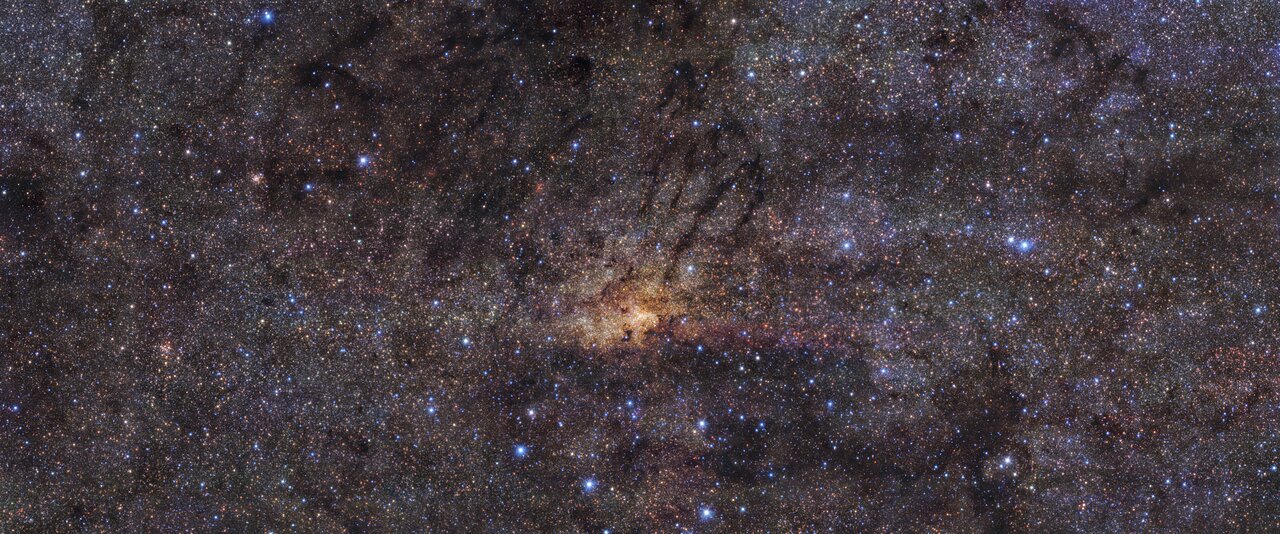
The infrared range was especially tempting for astronomers. The fact is that infrared waves pass through the dust clouds scattered throughout the Milky Way. This provides a very tempting opportunity to see the center of our galaxy and peek into the nebula where new stars are born.
Unfortunately, the Earth’s atmosphere blocks most of the infrared range waves. Therefore, the only option for scientists was to create and launch a specialized space observatory. The problem was that the infrared observatory’s instruments have to be cooled to temperatures close to absolute zero in order to make observations. This greatly complicates its construction.
That is why, while the first ever ultraviolet and gamma-ray telescopes went into space at the end of the 1960s, the creation of an infrared telescope was somewhat delayed. Finally, in 1975, the space agencies of the USA, Great Britain and France agreed on the project of such an observatory. It received the designation IRAS (Infrared Astronomical Satellite).
The structure of the IRAS telescope
The IRAS telescope was built by Ball Aerospace in cooperation with Fokker Space and Hollandse Signaal. Its dimensions were 3.6 by 3.24 by 2.05 meters, its mass (in the fueled state and with refrigerant) — 1083 kg.
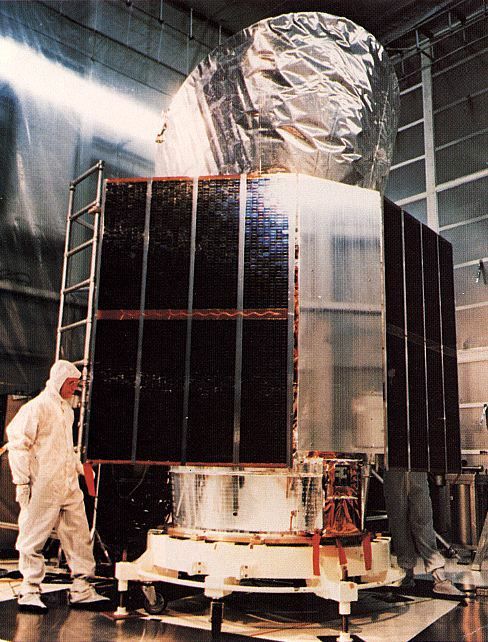
IRAS was equipped with a telescope of the Ritchey-Chretien system with a 57 cm mirror. Its devices are able to detect infrared radiation at wavelengths of 12, 25, 60 and 100 microns. An active cooling system was installed on the telescope. It used 73 kilograms of liquid helium as a refrigerant. The total budget of the mission was 199 million dollars.
The main discoveries of the IRAS telescope
IRAS was launched on January 25, 1983 and began active observations on February 9. Over the next nine months, it surveyed 96% of the celestial sphere, identifying 350,000 sources of infrared radiation. 250 thousand of them were observed for the first time.
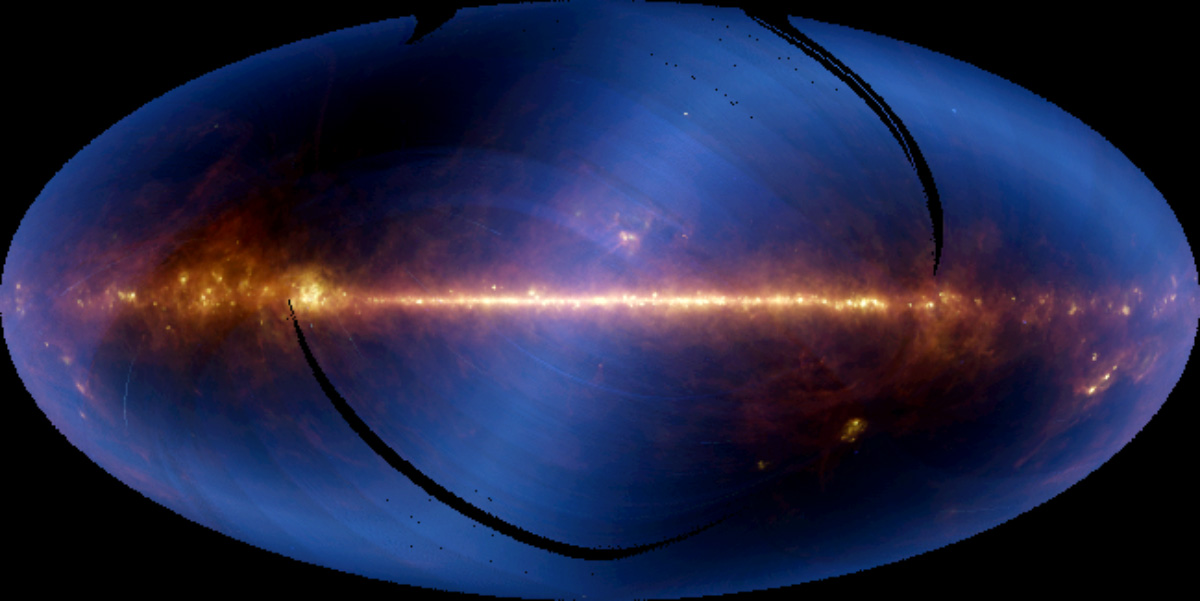
In total, the IRAS catalog includes about 130,000 stars, 75,000 star-forming galaxies, 40,000 different objects located in our Milky Way, as well as tens of thousands of regions of active star formation and nebulae. Even after forty years, some of the objects observed by the observatory are still awaiting classification.
One of IRAS’s most high-profile discoveries was the excess infrared radiation from a number of stars, indicating that they are surrounded by dusty disks. One of them is Vega. IRAS also managed to make the first observations of the center of the Milky Way.
The telescope also made several discoveries in our solar system. Yes, it found six previously unknown comets, as well as four asteroids. The most interesting of them was named Phaeton. This six-kilometer stone is interesting because it moves in a very elongated orbit that crosses the orbits of all four stone planets. At perihelion, it approaches the Sun at a distance of only 21 million km. A few years ago, a dust tail was found in Phaeton.
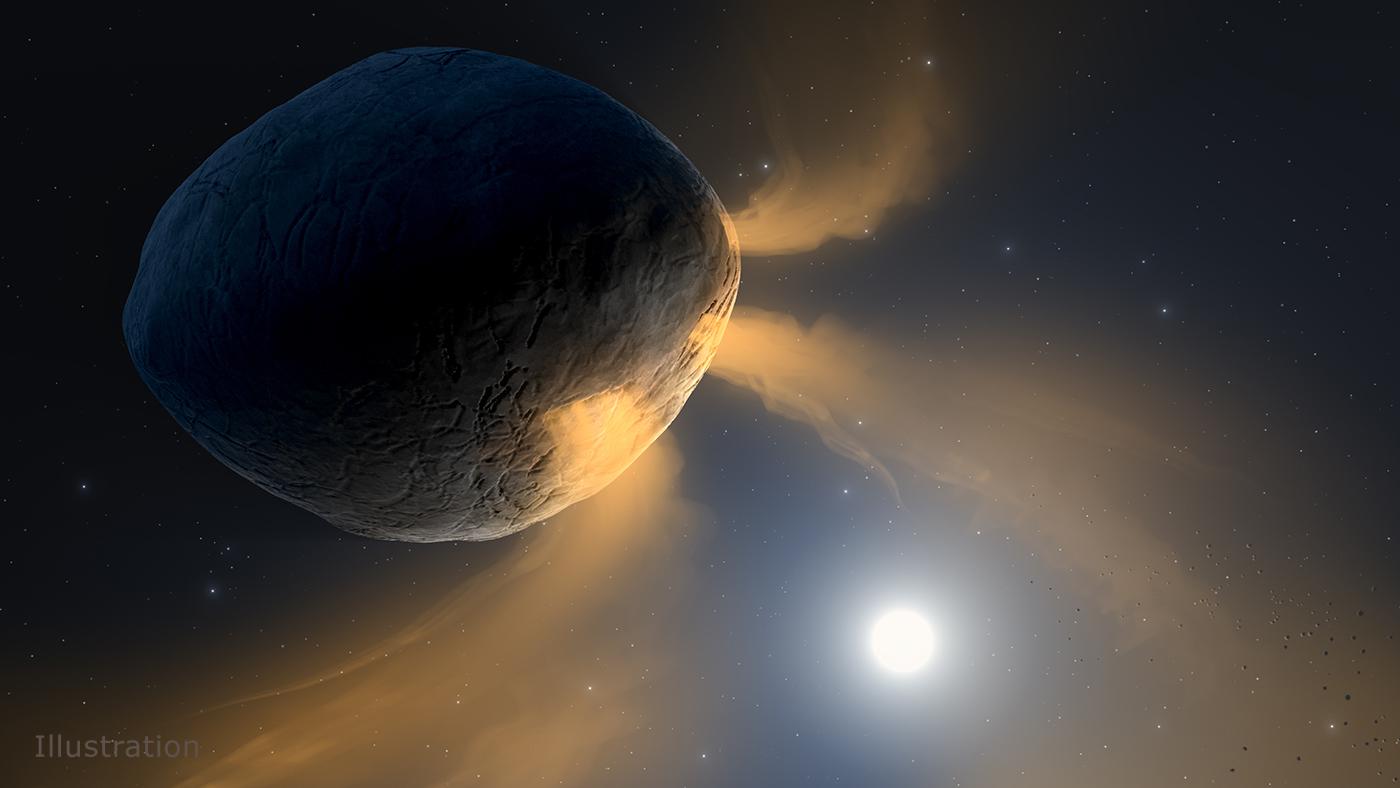
Also the media made a great fuss in those years about the discovery by IRAS of several unusual sources of radiation, which, according to astronomers, could be the not yet discovered planets of the Solar System. Further analysis revealed that they are actually distant galaxies. Nevertheless, even forty years later, this old news often filter into current conversations about the existence of a hypothetical planet X.
The IRAS mission ended on November 21, 1983, when the telescope ran out of coolant. After that, it was disabled. The telescope is still in a 900-kilometer orbit around the Earth. In January 2020, it made headlines again for its dangerous approach to the old satellite GGSE-4. The devices flew at a distance of only 12 meters from each other. Fortunately, there was no collision.
The legacy of IRAS
The success of the IRAS mission was a convincing demonstration of the capabilities of infrared astronomy. In the middle of 1990s, a number of satellites designed for such observations went into space. Infrared instruments were also installed on the Hubble telescope.

But the real breakthrough came in 2003 after the launch of Spitzer, the last of NASA’s four “big” space observatories. It operated for more than 16 years, making a number of landmark discoveries.
Spitzer’s achievements greatly contributed to the emergence of a number of new infrared observatories. These events culminated in the development and launch of the James Webb, which is currently the most powerful space telescope in history. So the next time you look at its amazing new pictures, just keep in mind that they were made possible due to success of IRAS mission.

